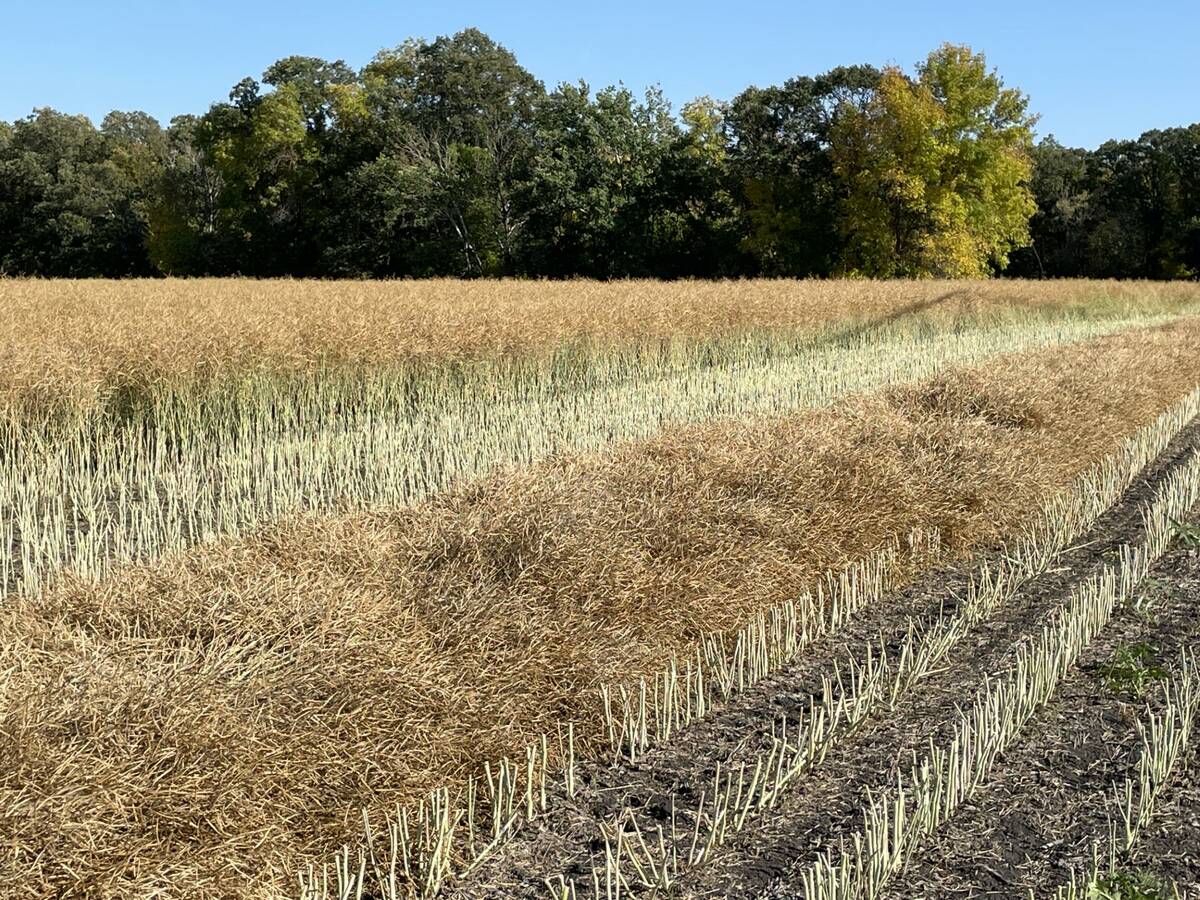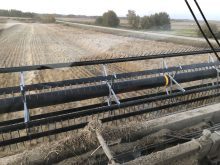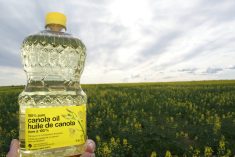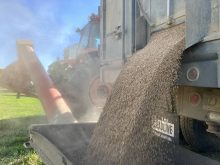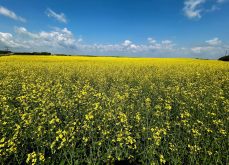Nearby canola futures slipped further back during the week ended Sept. 4, as they approached $600.00 per tonne. The most-traded November contract lost $15.50 on the week, that brought it down to $620.20/tonne.
As grim prospects have become the Canadian oilseed’s central theme, some market participants suggested the front month is likely to retreat to $580/tonne.
Increasing harvest pressure will pull down canola prices. The pace on the Prairies picked up over the week, with Manitoba’s canola 10 per cent in the bin and Saskatchewan at four per cent harvested. The latest Alberta crop report hadn’t been published, but it’s safe to assume more canola came off of its fields.
Read Also
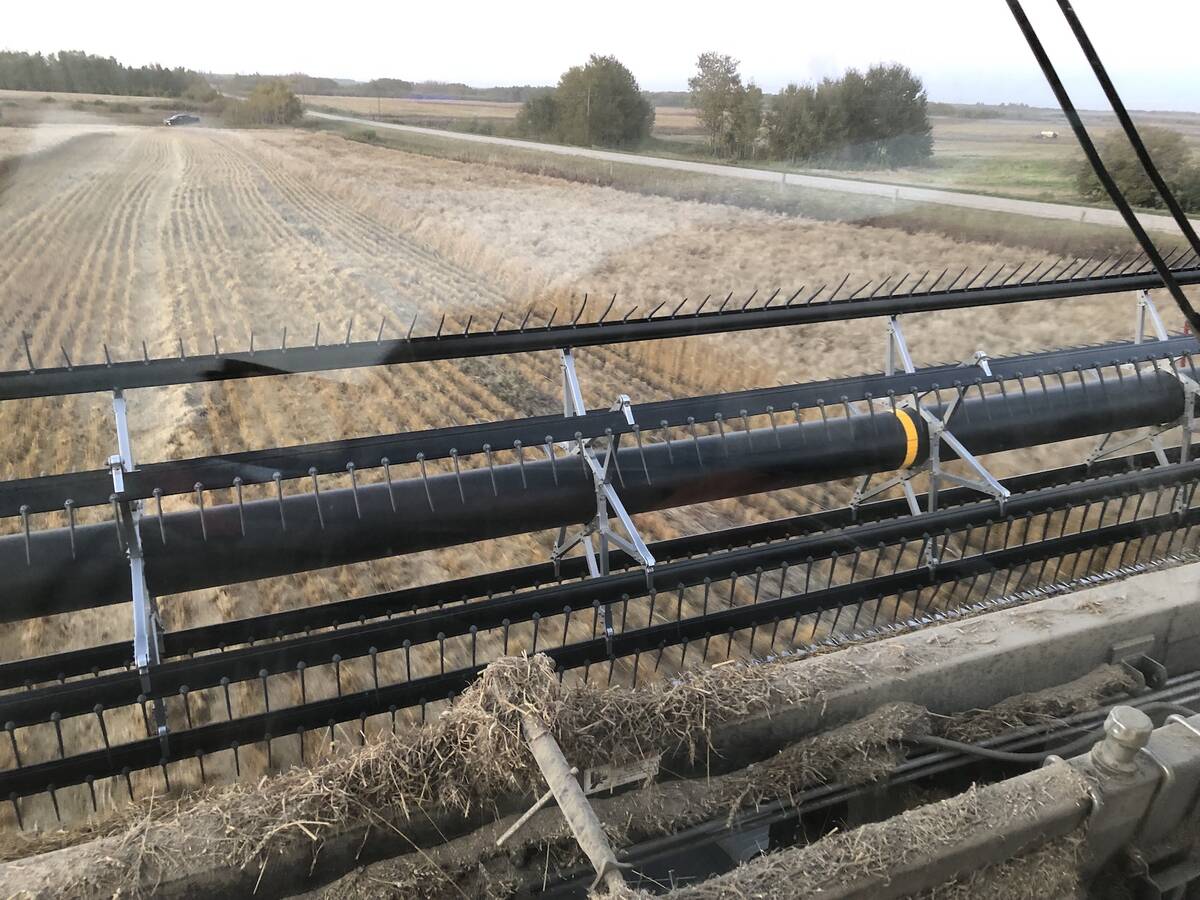
The poetic epic of Manitoba farming 2025
Former Manitoba Co-operator editor John Morriss returns for his yearly poetic sum up of the farming year and look ahead into 2026.
A much bigger than forecast canola harvest is coming as well. Statistics Canada projected it to be 19.94 million tonnes, with an update set for Sept. 17.
Then of course there’s China. When China doesn’t buy, vegetable oil prices fall and that’s exactly what has happened in North America.
China has its 75.8 per cent tariff on Canadian canola seed and already imposed 100 per cent levies on the oil and meal some time ago.
Besides China often taking years to finally come around on trade issues, this mess with canola is more complicated within Canada. The agriculture industry just doesn’t match up with the country’s auto sector.
Rather, Ottawa seems to think it best to hang on to its 100 per cent surcharges on electric vehicle imports from China in order to prop up the auto industry that lags behind in EV development.
However, there might be some hope as China extended its canola dumping investigation to March 2026. The additional six months may allow for more negotiations between Ottawa and Beijing. The announcement came just as a Canadian trade delegation is headed to China.
Inevitably, there will be change as China doesn’t grow enough of its own canola. There isn’t much to be had from other countries, with Canada and Australia the two top exporters.
But it’s the anguish Canadian canola growers will likely have to endure until something is finally done about the tariffs
Until then, a very large United States soybean harvest is around the corner and there’s that massive bean harvest in Brazil.
The trade kerfuffle the Trump administration created with China has meant the latter isn’t buying much from the U.S. The Sept. 5 Department of Agriculture export sales report showed a near absence of Chinese buying.
If there’s a lesson to be drawn here, it’s that tariffs cause more problems than solutions.


